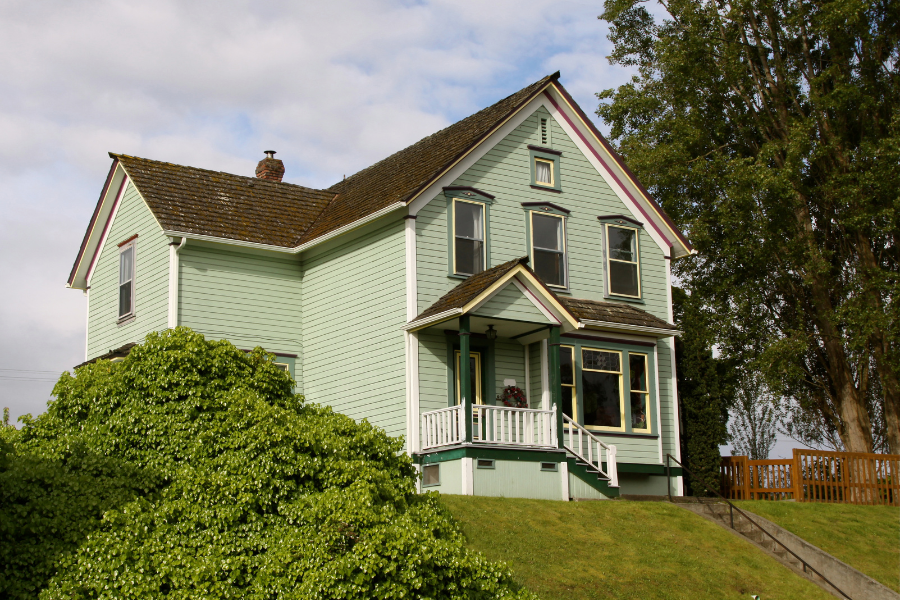The realtor marvels at the original beamwork that has kept the structure together since the early 60s; the Zillow listing states the home was built in 1952; Frank from down the street swears he recalls the Johnson family starting construction when he first moved to the neighborhood in 1945. Is there a single source of truth when it comes to finding out your home’s age?
Knowing the year your house was built serves a greater purpose aside from being a fun fact to share as you chat with your neighbors (like Frank). By knowing your home’s actual age, you can plan and prepare for future repairs or replacements that you know your home will need, as well as monitoring “trouble areas” and making preventative fixes to avoid costly emergency repairs down the road.
However, unless you were witness to its construction, it can be difficult to pinpoint the exact age of your home. And, if you’re part of the 20% of US homeowners dwelling in a house built before 1950, chances are you’re not the first family to reside within the walls of your home, either (oh, if only those walls could talk; the secrets they could share!).
But, thanks to a few experts we spoke to, you may be able to get a pretty good ballpark range of your home’s age on your own. Read on as the House Hacks Tips team shares expert-backed tricks and tools to identify your house’s birth year.
Take Out the Title
The older the home, the better the chances that not all previous owners are listed on the title. But, your home’s title can reveal the name(s) of more recent owners, who may have more intel on the background of your home (or help direct you to others who have that information). And, thanks to Google, it’s relatively easy to track down a way to get in contact with them.
Look to Your Tile
Assuming the home hasn’t undergone any major renovations, the tile material can speak volumes when it comes to determining the time it was built. For example, as the experts at Bob Vila share, asphalt tile flooring was extremely popular in the 1920s, but died out as a trend in homes around 1960. So, if you have asphalt tile flooring, chances are your home was constructed between 1920 – 1960.
Hone in on the Hardware
Your home’s hardware – nails, electrical outlets, cabinet hardware – can be extremely telling in determining how old your home is. For example, look at the nails throughout the construction of your home. If they are square and generally “rougher-looking,” your home was likely built before 1900, which is when nails switched over to the wider, rounded design we know today.
Additionally, electrical outlets can spark some insight on your home’s age. Non-polarized outlets (two slots of the same size) are found in older homes, while polarized outlets (two slots of different sizes) were standard in the mid-20th century. If your outlets have two slots with a rounded opening, it’s grounded and polarized, which is the modern set up we see today.
While we have set standards to determine the age of people and things around us – count the rings to see the age of a tree; ask a patron to show their ID – it’s not so black and white when it comes to our homes. With a bit of research and an endless appetite for curiosity, you could very well get the true age and background story of your home. And if not, go with Frank’s version of the story. Locals always know best.

